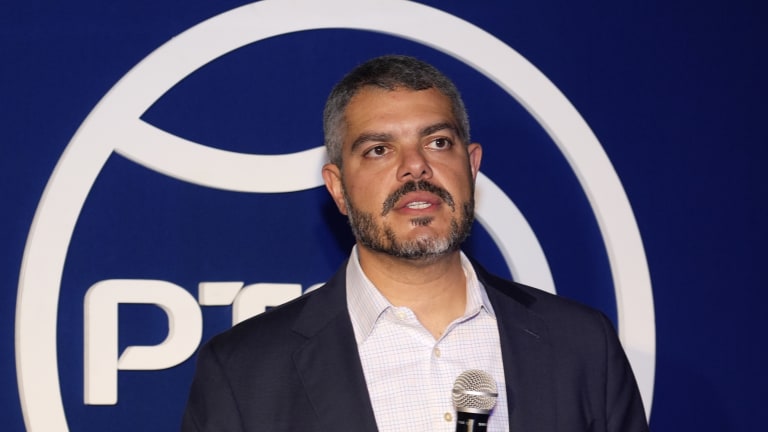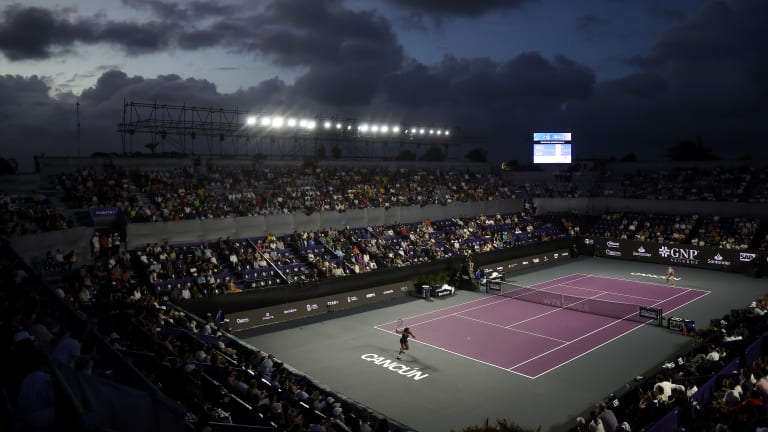The Professional Tennis Players Association was introduced in 2020 on a sweltering August day during the US Open. It was the first significant player empowerment action in 35 years, or since the “parking lot press conference” that led to the formation of the ATP Tour.
That earlier revolt was led by Mats Wilander and John McEnroe; the more recent one, and the PTPA itself, was the brainchild of Novak Djokovic and fellow ATP pro Vasek Pospisil. The key difference: the 1988 rebellion was a push to take over the tour (mission accomplished), the PTPA mutiny germinated in a growing sense that the players had created a tour in which their voice is too often ignored.
“I don’t think ATP structure and system is helping players. It has been proven many times in the past that this system is going against players,” Djokovic said in 2020, referring to the ATP’s decision-making Board of Directors. The Board consists of eight members: four player reps (supported by a large player council) and four tournament reps. The tiebreaking vote in the event of a 4-4 vote belongs to the chairman of the tour, former pro Andrea Gaudenzi.
Djokovic added: “Various presidents and management tried to do different things over the years. And of course, some good things were done for our tour, without a doubt. ... [But] this is the first time after many, many years that players will have 100% their own association that will represent them in the tennis ecosystem.”

